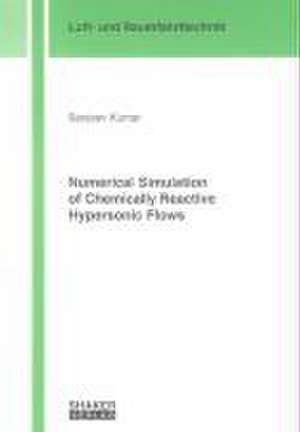Numerical Simulation of Chemically Reactive Hypersonic Flows
Autor Sanjeev Kumaren Limba Engleză Paperback – 30 apr 2006
Preț: 266.93 lei
Nou
Puncte Express: 400
Preț estimativ în valută:
51.08€ • 53.33$ • 42.27£
51.08€ • 53.33$ • 42.27£
Carte indisponibilă temporar
Doresc să fiu notificat când acest titlu va fi disponibil:
Se trimite...
Preluare comenzi: 021 569.72.76
Specificații
ISBN-13: 9783832250652
ISBN-10: 3832250654
Pagini: 148
Dimensiuni: 149 x 210 x 10 mm
Greutate: 0.23 kg
Editura: Shaker Verlag
ISBN-10: 3832250654
Pagini: 148
Dimensiuni: 149 x 210 x 10 mm
Greutate: 0.23 kg
Editura: Shaker Verlag
